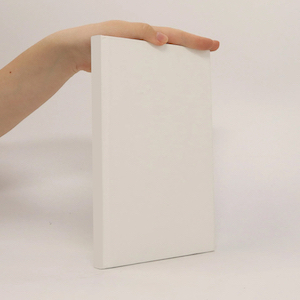
More about the book
Hume begins with the observation that there is much variety in people's taste (or the aesthetic judgments people make). However, Hume argues that there is a common mechanism in human nature that gives rise to, and often even provides justification for, such judgments. He takes this aesthetic sense to be quite similar to the moral sense for which he argues in his Book 3 of A Treatise of Human Nature (1739-1740) and in An Enquiry Concerning the Principles of Morals (1751). Furthermore, he argues that this still leaves room for the ability to refine one's aesthetic palate. (Fieser, 2006, 2) Hume took as his premise that the great diversity and disagreement regarding matters of taste had two basic sources - sentiment, which was to some degree naturally varying, and critical facility, which could be cultivated. Each person is a combination of these of two sources, and Hume endeavors to delineate the admirable qualities of a critic, that they might augment their natural sense of beauty into a reliable faculty of judgment. There are a variety of qualities of the good critic that he describes, each of which contributes to an ultimately reliable and just ability to judge.
Book purchase
The Natural History of Religion, David Hume
- Language
- Released
- 2010
- product-detail.submit-box.info.binding
- (Paperback)
Payment methods
We’re missing your review here.

